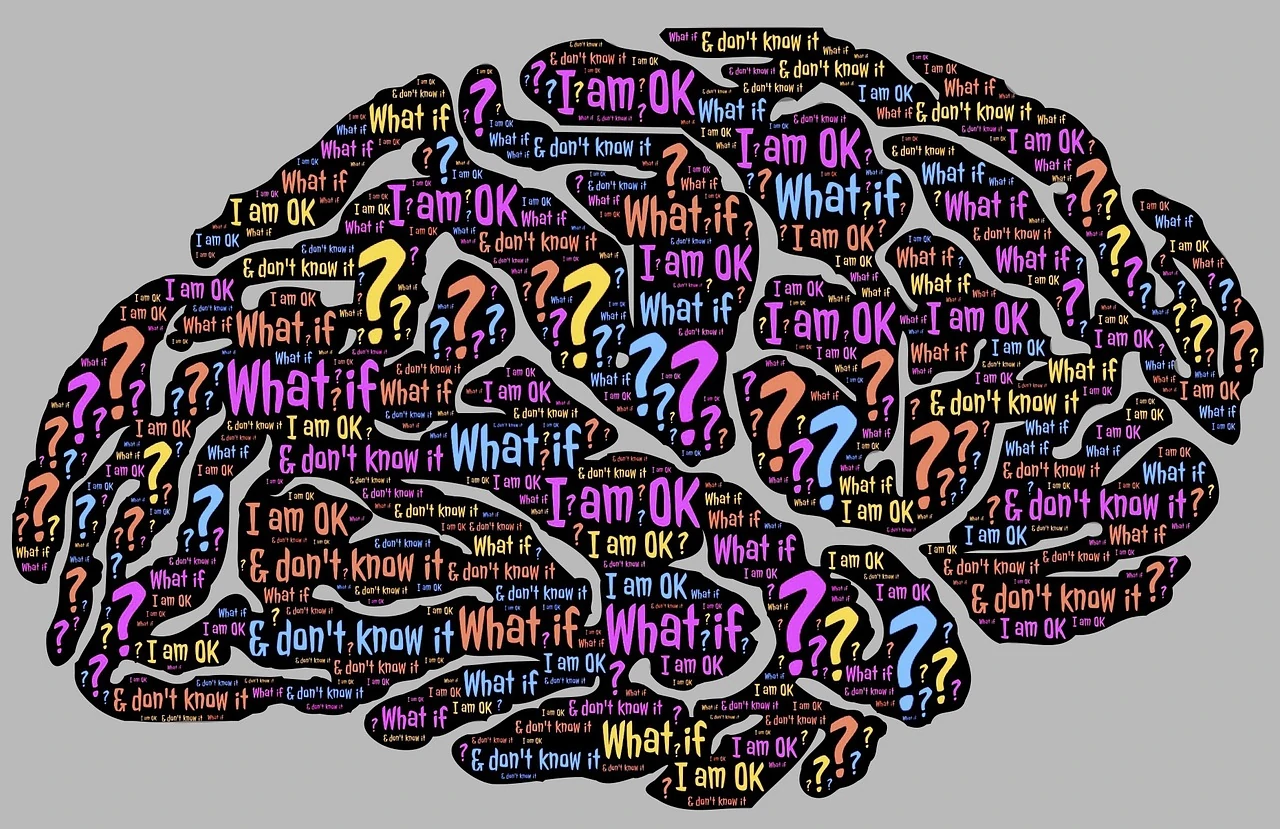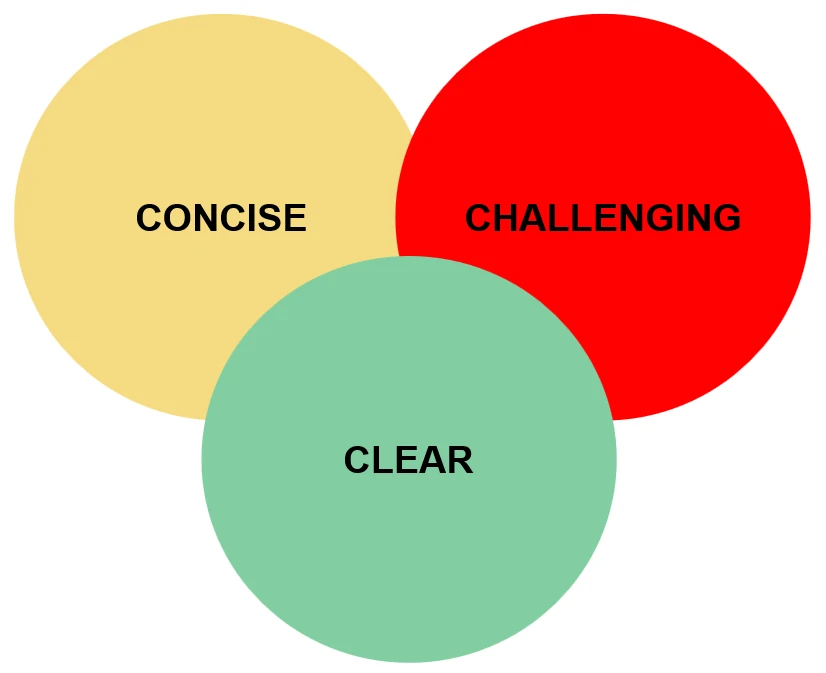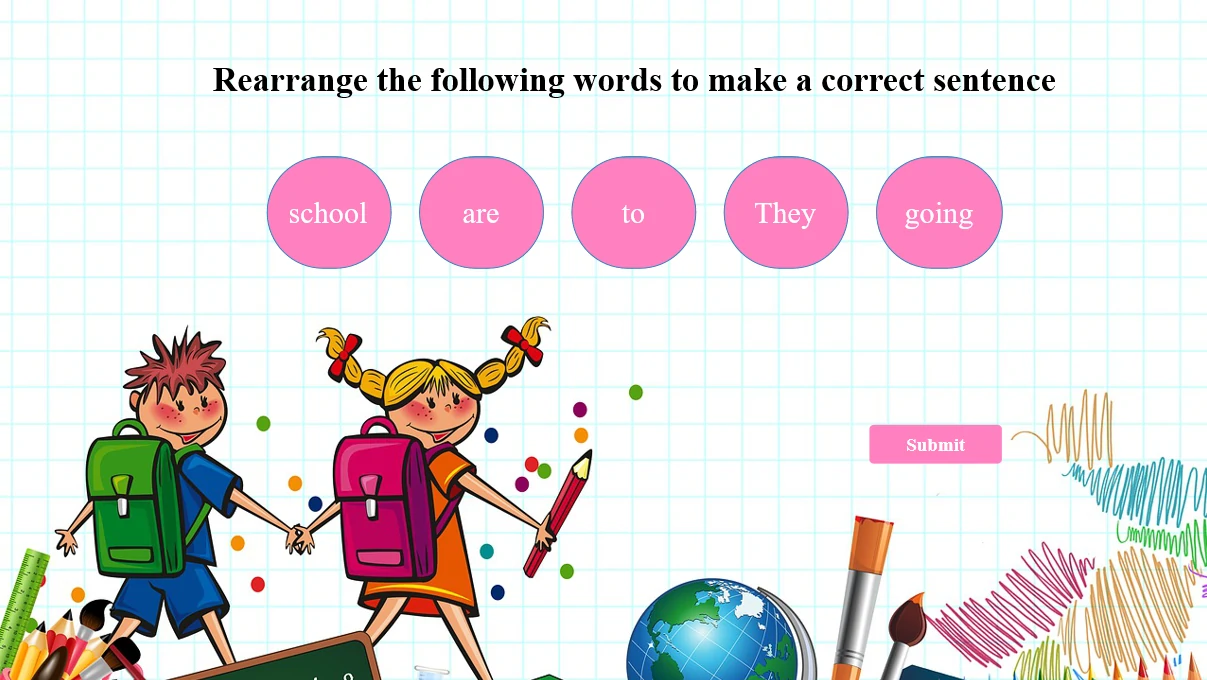The brilliant mind of Albert Einstein offered a profound insight: ‘If I had an hour to solve a problem and my life depended on the solution, I would spend the first 55 minutes determining the proper question to ask… for once I know the proper question, I could solve the

That’s how a good question can help in terms of problem solving!
That electrifying quote underscores the sheer power of a well-crafted question! Now, translate that power into the dynamic world of eLearning. As educators navigate the digital landscape, compelling questions become not just engagement tools, but vital instruments for gauging learner comprehension.
In the absence of direct, face-to-face interaction, online tests and quizzes stand as the most reliable barometers of your course’s impact. Speaking of crafting impactful online assessments, eLearning creation tools like ActivePresenter emerge as invaluable companion.
Not only does it empower you to design diverse question types, but it also allows for the creation of truly interactive experiences with instant feedback and automated scoring. Ready to unlock the secrets to designing questions that truly resonate and evaluate learning effectively? Then, let’s delve into five crucial characteristics of a good question for your eLearning courses.”
For the first three characteristics, I call it 3C standards. Let’s explore what 3C is!
1. A Good Question Follows 3C Standards
Do you recognize that seemingly short and clear questions often arouse learner’s interest and receive more feedback than long and complicated ones? If you are wondering why that might be so, here is the answer that can reveal to you a secret. In general senses, people are attracted by a question which is challenging but clear enough to understand. Short and clear questions often get more attention not because they are less challenging than long and complicated ones. In fact, they gain more attention because they are clear, brief, and specific enough to stimulate learner’s independent thinking.
A good question must follow 3C standards: clear and concise but a little bit challenging:
CLEAR:
A clear question must be easily understood by its readers. It should be expressed in simple languages without any vagueness. Besides, it should focus on a specific aspect. For example, “Who is the United Kingdom’s best selling author?” is not a clear question. It is quite confusing and vague since it gives too general information (There are many best selling authors in the United Kingdom).
CONCISE:
A concise question should be as short as possible. It should provide enough information and omit unnecessary words that may confuse its readers. Let’s take an example. “She used to work as a researcher and bilingual secretary in London for Amnesty International. She is the United Kingdom’s best selling author, best known for the Harry Potter fantasy series. Who is she?” is not a concise question. Its first sentence contains unnecessary information because the second sentence has already provided enough information for readers to guess the answer.
CHALLENGING:
“Challenging” is an important factor, which helps not only grab learner’s attention but also make appeal to learner’s curiosity to find answers. The question “She is one of the United Kingdom’s best selling living authors, best known for the Harry Potter fantasy series. Who is she?” may not be challenging enough for fantasy novel lovers because Harry Potter and its author are very famous all over the world. It is very easy for learners to guess the author, therefore, it’s not challenging at all.
Here is a suggestion for a question following 3C standards:
A Multiple Choice Question created in ActivePresenter 7
2. A Good Question Must Be Relevant
Even if a question follows 3C standards, it is still not good if it is not related to the main subject in your eLearning course. Bear in mind that an online test is made to check learner’s knowledge after participating in an eLearning course. Therefore, questions should be concerned to information in the course.
For example, you are designing an online geography course named Varieties of Cherry Blossom in Different Countries. Do you think that “When will Cherry Blossom Festival 2019 in Japan take place?” is relevant to your subject? Instead, a more relevant one might be:
A Multiple Response Question created in ActivePresenter
3. A Good Question Is Purposeful
As mentioned in the previous part, a series of questions in an eLearning course is always designed to serve specific purposes. Depending on different purposes, whether a question is used to recall information in the course, stimulate upper-level thinking, or allow a variety of acceptable answers, eLearning designers can decide appropriate question forms and its suitable content.
For instance, if designers want to recall information conveyed in the course, question forms like multiple choice, true-false, fill-in-blank, or sequences are very good choices. On the other hand, if designers prefer to stimulate learner’s critical thinking, essay is more suitable than the others. Besides, if designers wish to collect different opinions or comments, rating scale (linkert) question is perfect for conducting a survey.
A Sequence Question created in ActivePresenter
Quiz development process is one of crucial parts in creating an eLearning course. To create a highly-effective quiz to evaluate learner’s ability after enrolling in the course, you should follow the five important characteristics to make a series of good questions. It may be a time-consuming process but luckily, you don’t need to rely solely on manual efforts. You can take advantage of a powerful authoring eLearning tool like ActivePresenter to quicken this process.
Currently, ActivePresenter supports users to create 9 types of interactive questions quickly and easily. You just need to open the application, access the Interactions tab, then click one type that you want to create.
Inspired to create more dynamic and insightful quizzes for your eLearning courses? Give ActivePresenter a try! Download it now and explore the possibilities of interactive questions with built-in feedback and scoring.




